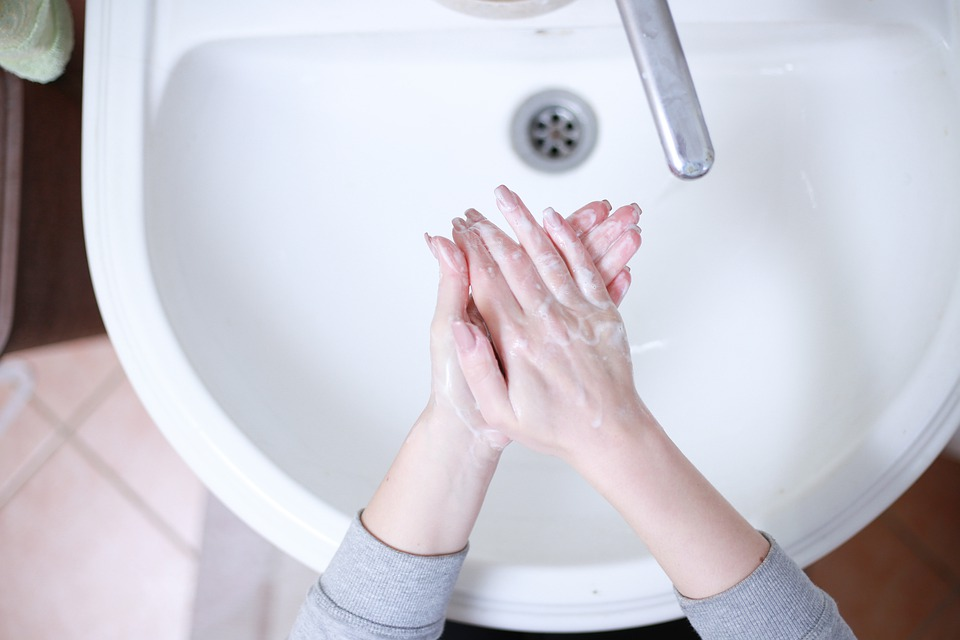
5 Tips To Fix Low Water Pressure In A Faucet
Constant water supply is essential for several household chores. It’s difficult to work with low water pressure.
Are you facing poor water flow in some or all your faucets? In case your faucets are old, it’s best to replace them with new ones. If not, we have some five easy tips which can help you resolve the issue.
1. Check Your Angle Stops
Angle Stops are small valves that are placed under your sink or behind your toilet where a pipe changes direction. They are used to turn on/off the water flow in a faucet.
If the angle stop is partially closed, it can result in low pressure in a faucet. You should make sure that angle stops are completely in ‘ON’ position for better flow and pressure.
Since these valves are not regularly used, some minerals and residues are often built-up on the valve. You should also check them for any rusting sign. Make sure to clean or replace them in case of mineral build-up.
To clean the valve, you can use Scotch-Brite or any regular metal cleaning solution available.
For replacing the valve in extreme cases of corrosion. You can simply turn off the main water valve and open the angle stop valve with a wrench. Then replace it with a new value and check the water pressure again.

2. Clean The Aerator Screen
An aerator is a tiny screen at the end of your faucet. It’s used to aerate the water coming from your faucet and give it a unique pour.
If you have ground water connection, these aerators may collect debris or minerals. It’s helpful to clean them regularly if you’re facing a low water pressure issue.
You can use a solution of white vinegar to clean them. You need to put some white vinegar in a sandwich bag and tie it around the end of your faucet with a rubber band.
Or you can also unscrew the aerator screen and disassemble it. Put all the parts in a solution of water and vinegar for some time or scrub them. Reinstall the aerator screen and check the water pressure.
3. Clean The Cartridge
If the water pressure doesn’t improve after cleaning the aerator, the next thing to clean is the cartridge. Cartridge stops the water flow when the faucet is turned off and allows it when it’s on.
In order to clean the cartridge, you must turn off the sink’s supply valve first and then unscrew the faucet from its base to remove the handle. Remove the cartridge nut with a wrench and pull-out the cartridge.

You need to make sure that you remember how the parts reassemble. You can clean or replace the cartridge with the same steps used for the aerator.
4. Look Out For Leaked Pipes
Cracked or damaged supply pipes are also common causes of low water pressure.
To check if your main water pipe is damaged, you must turn off all indoor faucets and the main water valve, then note your water meter reading. Wait for two hours and take a reading again. If the reading increases, it’s a sign that your pipe is damaged and you need to replace it. You can call a professional to do that for you.
If you’re getting a pipe replacement done it’s better to invest in copper pipes which have lower chances of corrosion.
5. Low Pressure From The City’s Municipal Water Supply
If any of the above mentioned tips don’t improve the water pressure, there’s a possibility it is due to the city’s municipal water supply. Additionally, property managers concerned about water efficiency should consider investing in water saving tech for property managers, which includes advanced monitoring systems and smart devices to optimize water usage and reduce costs.
You should ask your neighbors if they’re facing a similar issue. If they are, then you can call up the municipal water supply office and report the issue.




